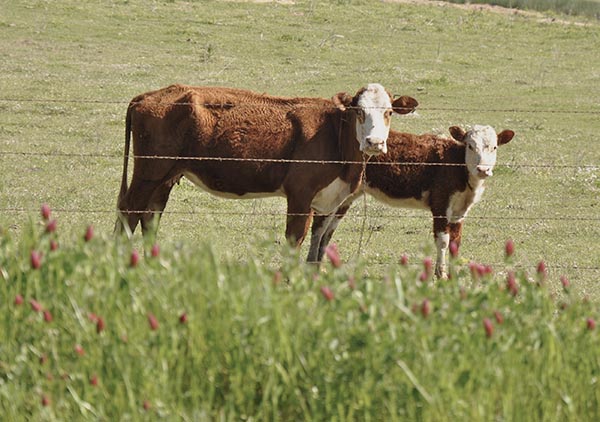Little-known leguminous plant can increase beef production by 60%
Due to the threat of global warming, Brazilian scientists seem to have found the perfect perennial legume that tolerates heat and drought, has no competition, and can be sown by cows themselves. This is described on the website of the Brazilian Agricultural Research Corporation Embrapa.

Desmodium ovalifolium is a perennial forage legume of Asian origin. The plant is a subshrub that can reach up to a meter of height. The stem is practically hairfree, except in the extremities, where there is a fine and silky hairiness. The leaves are trifoliate with oval leaflets, the terminal one of which is larger than the side ones. The flowers are purple or dark pink and become bluish after their full bloom.
A study, study conducted for four years has revealed that the intercropping of Brachiaria brizantha cv. Marandu, also known as marandu grass, with the forage legume Desmodium ovalifolium (desmodium) increases the weight of grazing cattle in 60% in comparison with pastures without the use of nitrogen fertilization.
The introduction of the legume had the same impact of an annual application of 150 kilos of nitrogen fertilizer per hectare in the pasture as Embrapa Agrobiology scientists explain.
Newly published in the journal Grass & Forage Science, one of the most important in forage cultivation, the study also points out that the use of Desmodium ovalifolium can reduce time to slaughter by 30%, which represents less costs for breeders. Reducing time to slaughter also entails less enteric methane emissions (cow burps) into the atmosphere according to scientists. An adult animal in the pasture emits between 50 and 60 kilos of methane per year. According to research, each kilo of nitrogen applied over the field emits an amount of nitrous oxide that is equivalent to at least four kilos of CO2.
Source: meatinfo